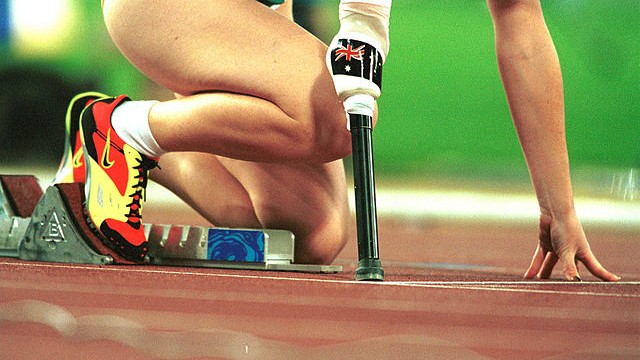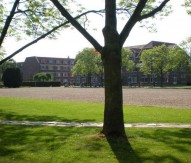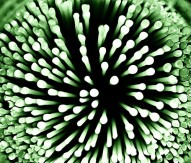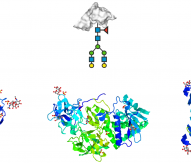
ERC funds amputee illusion research
The ERC has part-funded new research into amputees’ sensation of experiencing phantom limbs.
Scientists working at the Karolinska Institutet near Stockholm in Sweden undertook 11 experiments involving 234 volunteers. The investigation saw participants have their remaining right arm hidden from view with the scientist then touching the amputees’ right hand to help create the illusion of having a second arm. The expert then used a small paintbrush to emulate the movements whilst another paintbrush was placed in the air within full view of the participant to imitate the same movements.
Speaking about the research, Arvid Guterstam, lead author of the study, said: “We discovered that most participants, within less than a minute, transfer the sensation of touch to the region of empty space where they see the paintbrush move and experience an invisible hand in that position.
“Previous research has shown that non-bodily objects, such as a block of wood, cannot be experienced as one’s own hand, so we were extremely surprised to find that the brain can accept an invisible hand as part of the body.”
To ensure the illusion was correctly induced, experts used a knife to make a stabbing motion in the empty space to test the participant’s sweat response. Scientists found participants had greater stress responses when the illusion was made.
The research received funding from the ERC, Swedish Foundation for Strategic Research, the Human Frontier Science Program, the McDonnell Foundation and Söderbergska Stiftelsen. It was published in the Journal of Cognitive Neuroscience.




